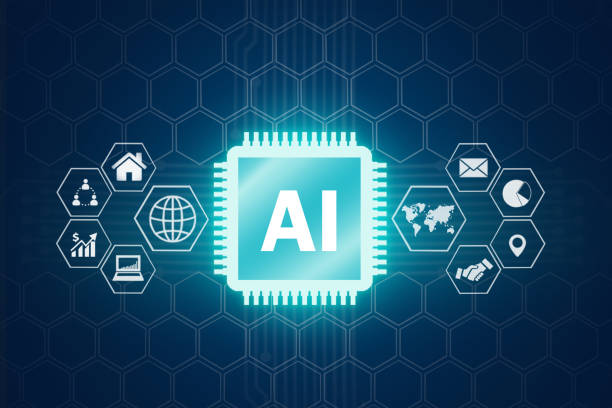Introduction to On-Page SEO and Its Importance
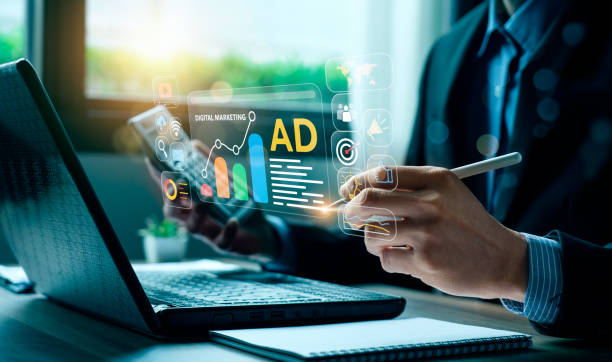
In today’s competitive web world, Search Engine Optimization or #SEO, is no longer an option, but a necessity.
Among different types of SEO, On-Page SEO is considered the cornerstone of any website’s success.
This part of SEO encompasses all actions applied directly to the content and HTML code of a web page to improve its ranking in search results.
The main goal of On-Page SEO is to help search engines better understand page content and its relevance to user queries.
This process not only leads to higher ranking but also improves user experience (UX).
Without a strong foundation in On-Page SEO, even the best off-page SEO strategies cannot reach their full potential.
This section of the article provides an explanatory and educational approach to understanding the fundamentals of this vital topic, as it shows search engines exactly what your content is about and why it should rank higher.
Dissatisfied with low sales from your e-commerce site?
Rasaweb is your solution for a professional and high-selling e-commerce website.
✅ Significant increase in sales and revenue
✅ Easy and enjoyable shopping experience for customers
⚡ Get a free consultation from Rasaweb now!
Keyword Research: The Backbone of Successful On-Page SEO
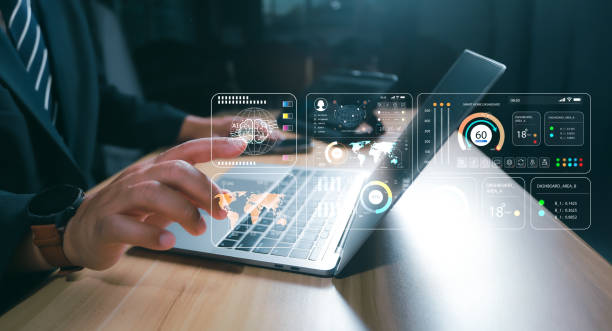
The first and perhaps most important step in any On-Page SEO strategy is comprehensive and precise keyword research.
Keywords become the language of search engine users, and understanding them is vital for producing relevant and highly-visited content.
This specialized process involves identifying phrases that your target audience uses to find the products, services, or information you offer.
Beyond main keywords, you should also look for Long-Tail Keywords, which, although having lower search volume, more precisely indicate user intent and usually have higher conversion rates.
By using various keyword research tools, you can analyze search volume, competition level, and semantic relevance of keywords.
This guide helps you shape your content around the actual needs of users, not just guesswork.
Choosing the right keywords not only helps search engines better understand your content but also provides a strong foundation for a cohesive on-page optimization strategy.
Optimizing On-Page Elements: Title Tag and Meta Description

After identifying keywords, it’s time to implement them in key page elements.
On-Page SEO heavily relies on optimizing the Title Tag and Meta Description.
The title tag is the title displayed in the browser’s top bar and, more importantly, as the main link in search results.
This tag should contain the main keyword of the page and be attractive enough to encourage users to click.
A good title should be concise, descriptive, and contain the main keyword so that search engines and users quickly understand the page’s topic.
The meta description is also a short text that appears below the title in search results, and although it does not directly affect ranking, it plays a vital role in increasing the click-through rate (CTR).
These descriptions should be engaging and persuasive and naturally incorporate keywords to encourage users to visit your page.
A detailed analysis of competitor search results can be an excellent analytical and educational resource for improving these elements.
| Feature | Title Tag | Meta Description |
|---|---|---|
| Display Location | Browser title bar, search results (main link) | Below title in search results |
| Impact on Ranking | Direct and Strong | Indirect (via CTR) |
| Main Goal | Introduce page topic to search engine and user | Encourage user to click, an attractive summary of content |
| Recommended Length | Around 50-60 characters | Around 150-160 characters |
| Includes Keyword | Very Important | Important (but without repetitive focus) |
Producing Valuable and Structured Content for Users and Search Engines
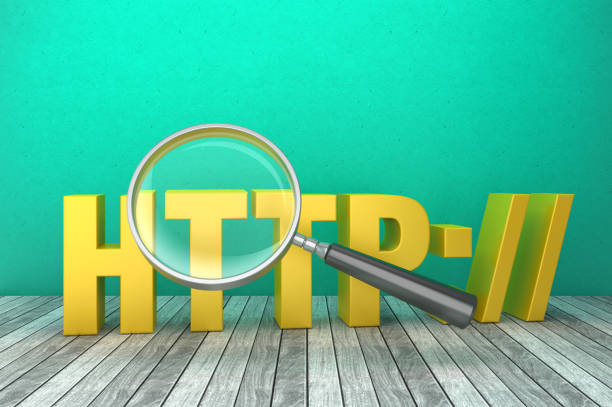
Without #quality_content, all efforts in On-Page SEO will be fruitless.
Content is king and must be valuable, unique, and relevant to user needs.
This means your content should be thought-provoking content and answer user questions, solve their problems, or provide them with new information.
Proper use of headings (H1, H2, H3, …), short paragraphs, lists, and images and videos not only improves content readability but also helps search engines better understand the page’s structure and main topics.
Naturally incorporating keywords into the text, without excessive repetition (Keyword Stuffing), is a fundamental principle.
Your content should be deep and comprehensive to fully satisfy the user’s information needs.
This explanatory and comprehensive approach ensures that users do not need to return to search results after visiting your page, which is a positive signal for search engines and ultimately helps improve On-Page SEO ranking.
Is your current e-commerce website design not generating the sales you expect?
Rasaweb specializes in professional e-commerce website design!
✅ An attractive and user-friendly site aimed at increasing sales
✅ High speed and security for an ideal shopping experience⚡ Get a free online store design consultation with Rasaweb!
Internal Linking Strategy for Improved Navigation and Authority Transfer

Internal linking is a crucial component of On-Page SEO that is often overlooked.
Internal links are links that connect one page of your website to another page within the same website.
These links serve three main purposes: helping users navigate the site more easily, helping search engines discover new pages and understand the site’s hierarchy, and transferring authority (Link Juice) between pages.
Using descriptive and relevant Anchor Texts, which contain keywords, is very important.
For example, instead of “Click here”, use a phrase like “Search Engine Optimization“.
A #structured and #logical internal linking structure not only improves user experience but also allows search engines to better understand the value of different pages.
This is a specialized guide for distributing page authority and enhancing overall website credibility in Google’s eyes.
Optimizing Images and Proper Use of Alt Tags
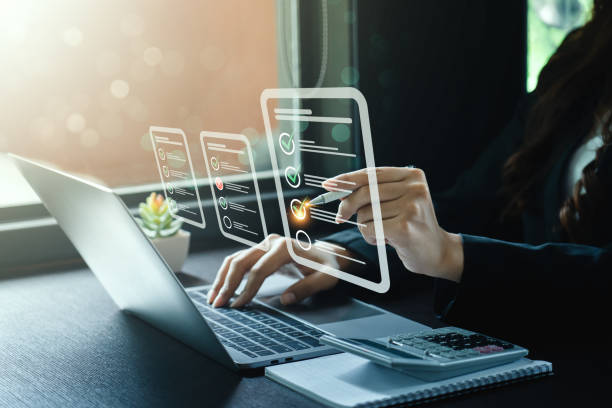
Images are an integral part of the modern user experience, and optimizing them within the framework of On-Page SEO is of great importance.
Image optimization includes reducing their file size without significant loss of quality (to improve #page_loading_speed), using appropriate formats (like WebP), and descriptive file naming.
Furthermore, proper use of the Alt tag (alternative text) for each image is crucial.
The Alt tag is text displayed to the user if the image cannot be shown, and more importantly, it helps search engines understand the image content.
This tag is also important for accessibility, as it is read by screen readers for visually impaired users.
Alt Text should be descriptive, concise, and include a relevant keyword, but avoid keyword stuffing.
A good Alt Text not only helps improve the image’s ranking in Google Image Search but also adds to the search engine’s overall understanding of your page’s content.
This section is an educational explanatory piece demonstrating how even the smallest details can be impactful in a comprehensive On-Page SEO strategy.
Optimized URL Structure and the Importance of Canonical Tags in On-Page SEO
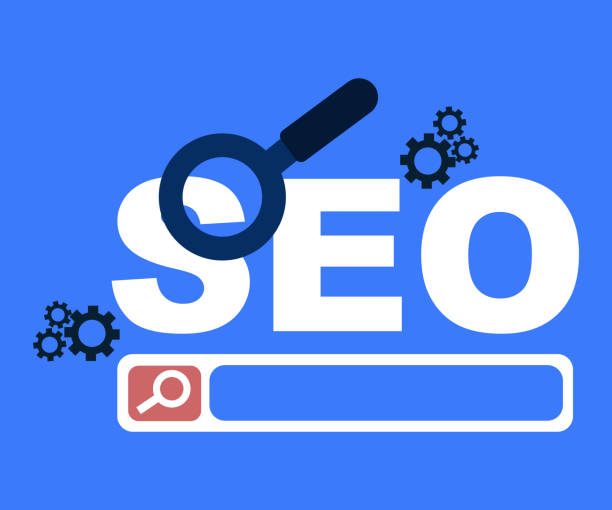
An optimized URL (Uniform Resource Locator) structure and the use of Canonical Tags are two other vital elements in implementing strong On-Page SEO.
An #optimized_URL should be short, descriptive, and contain the main keywords of the page.
Using hyphens (-) instead of underscores (_) to separate words is recommended, and complex and unclear characters should be avoided.
A logical and hierarchical URL structure not only helps users understand their position on the website but also assists search engines in this regard.
Alongside URLs, canonical tags play an important role in combating #duplicate_content_issues.
Duplicate content occurs when content is available at multiple different URLs, which can confuse search engines.
A canonical tag tells search engines which version of a page is the “original” and preferred version that should be indexed and ranked.
This helps preserve the authority and “power” of the main page’s SEO.
This analytical and specialized section is for preventing common indexing problems and helps search engines find the best version of your content.
| Feature | Optimized URL | Canonical Tag |
|---|---|---|
| Main Goal | Readability, topic understanding, aiding crawling | Resolving duplicate content issues, specifying original URL |
| Location | Website address | In the <head> section of the HTML page |
| Impact on SEO | Direct and Important (improving crawling and understanding) | Direct and Important (preventing duplicate content penalties) |
| Importance for User | Enhances user experience and address understanding | Hidden from user view, vital for search engine |
| Example | www.example.com/blog/seodakheli-guide |
<link rel="canonical" href="https://www.example.com/original-page/"> |
Page Loading Speed and Mobile Responsiveness: Crucial Factors
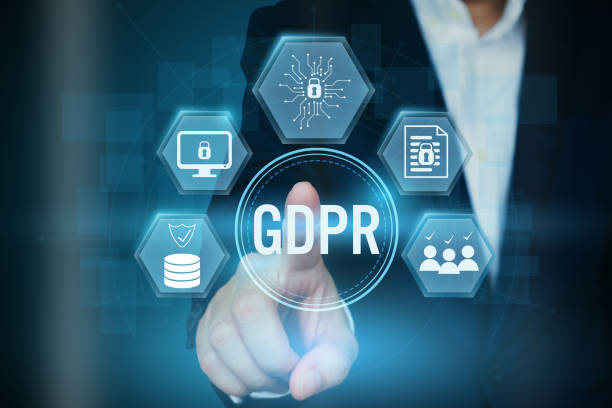
In today’s world, where users have high expectations for #speed, page loading time and mobile compatibility are considered vital factors in On-Page SEO and user experience.
Google has explicitly stated that site speed is a ranking signal, especially for #mobile.
Pages that load slowly have a higher Bounce Rate and drive users away.
Tools like Google PageSpeed Insights can help you identify problems and provide solutions for speed improvement.
On the other hand, given the increasing use of mobile devices for search, having a fully #responsive and mobile-friendly website is no longer a competitive advantage but a necessity.
Google uses a Mobile-First Indexing approach, meaning it prioritizes the mobile version of your site for indexing and ranking.
This aspect of on-page optimization is highly #crucial and vital and ensures that your site is optimized for all users, regardless of the device they use.
Ignoring these two factors can seriously harm your On-Page SEO ranking.
Is your company’s website as professional and trustworthy as it should be? With specialized corporate website design by Rasaweb, create an online presence that reflects your credibility and attracts more customers.
✅ Building a powerful and professional image for your brand
✅ Converting visitors into real customers
⚡ Get a free consultation now!
Schema Markup and Structured Data: Increasing Visibility in Search Results
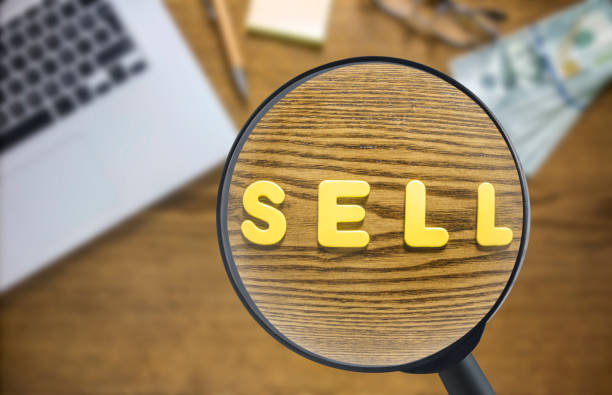
To increase visibility in search results and achieve #Rich_Snippets, using #Schema Markup and Structured Data in On-Page SEO is essential.
Schema is a set of HTML/JSON-LD codes that you can add to your website to help search engines better understand your content.
This data provides search engines with more precise information about the type of content on the page (e.g., a recipe, a product, an event, or an article).
By correctly implementing schema, your website can be displayed more prominently in search results, for example, by showing star ratings for products, cooking times for recipes, or contact information for a business.
This “prominence” helps increase the click-through rate (CTR), even if your ranking doesn’t change.
This is an educational and explanatory section on how you can help search engines display your content more attractively and accurately in SERPs by providing structured information, thereby strengthening your On-Page SEO.
Monitoring and Analyzing On-Page SEO Performance with Various Tools

After implementing all aspects of On-Page SEO, the final but continuous step is monitoring and #analysis of performance.
On-Page SEO is not a static process; rather, it requires continuous #monitoring and #improvement.
Tools like Google Analytics and Google Search Console provide valuable data on website traffic, keywords, bounce rate, crawl errors, and overall SEO performance.
By analyzing this data, you can identify the strengths and weaknesses of your On-Page SEO strategy and take necessary actions for further optimization.
For example, if a page has a high bounce rate, it may need content revision or improved loading speed.
This analytical approach allows you to measure the impact of implemented changes and adjust your strategy based on real data.
It can even be an entertaining experience to witness the growth of your website’s traffic and ranking.
Frequently Asked Questions
| Question | Answer |
|---|---|
| What is a Meta Title and why is it important in On-Page SEO? | The meta title is the most important On-Page SEO element displayed at the top of the browser tab and in search results. It helps search engines and users understand the main topic of the page and should include the primary keyword. |
| What role does Meta Description play in On-Page SEO? | The meta description is a short summary of the page’s content displayed below the title in search results. Although it does not directly affect ranking, its attractiveness can increase the click-through rate (CTR). |
| How should keywords be used in page content? | Keywords should be used naturally and relevantly in strategic locations such as the title, headings, first paragraph, and body text. Avoid excessive keyword stuffing. |
| What is the importance of high-quality and comprehensive content in On-Page SEO? | High-quality, unique, informative, and comprehensive content that addresses user needs is of great importance. Search engines give higher rankings to content that provides real value. |
| What is the use of heading tags (H1-H6) in On-Page SEO structure? | Heading tags (H1, H2, H3, etc.) are used to structure content and indicate the importance of different sections. H1 is the main title of the page, and each page should only have one H1. Other tags are used for subheadings. |
| How to optimize images for improved On-Page SEO? | To optimize images, use descriptive alternative text (Alt Text) that includes relevant keywords, reduce image file size without significant quality loss, and use meaningful and relevant file names. |
| What are the characteristics of an SEO-friendly URL for On-Page SEO? | A friendly URL should be short, readable, descriptive, include main keywords, and be free of extra characters. The URL structure should be hierarchical and logical to be understandable for both users and search engines. |
| How does Internal Linking help On-Page SEO? | Internal linking, by connecting related pages, helps users and search engine crawlers better understand the site structure, transfer page authority, and increase user dwell time on the site. |
| What is the impact of page loading speed on On-Page SEO? | High loading speed is crucial for both user experience and SEO ranking. Slower pages may be overlooked by search engines and lead to an increased Bounce Rate. |
| Why is Mobile-Friendliness highly important in On-Page SEO? | Given the increasing number of searches via mobile devices, having a responsive and mobile-friendly site is essential for user experience and ranking in search results (Google’s Mobile-First Indexing). |
And other services of Rasaweb Advertising Agency in the field of advertising
Smart Custom Software: A novel service to increase sales through attractive UI design.
Smart Data Analysis: A combination of creativity and technology for online growth by using real data.
Smart Marketplace: A combination of creativity and technology for user interaction by optimizing key pages.
Smart Marketplace: An effective tool for user interaction with the help of attractive UI design.
Smart Custom Software: A dedicated service for increasing sales growth based on optimizing key pages.
And over hundreds of other services in the field of internet advertising, advertising consultation, and organizational solutions
Internet Advertising | Advertising Strategy | Advertorial
Sources
Website On-Page SEO Guide on Virgool On-Page SEO Training – Faradars What is On-Page SEO and How to Do It? | Moein Behzadi Website On-Page SEO Checklist for Professionals
? Rasaweb Afarin Digital Marketing Agency, your trusted partner on the path to online growth!
For more information about our professional services, including WordPress website design, we are ready to take your business to the top.
📍 Tehran, Mirdamad Street, next to Bank Markazi, Southern Kazeroon Alley, Ramin Alley No. 6



